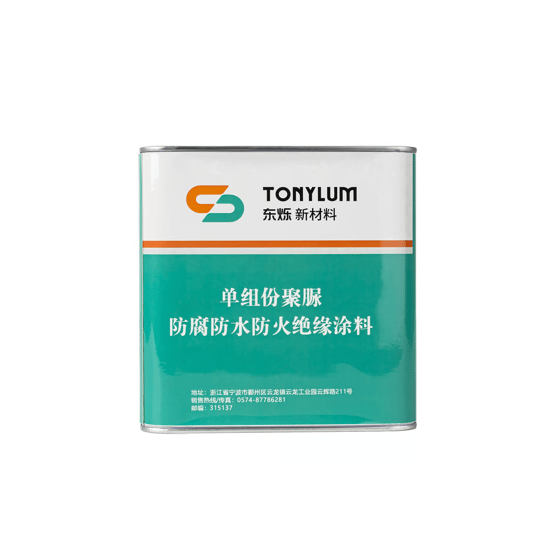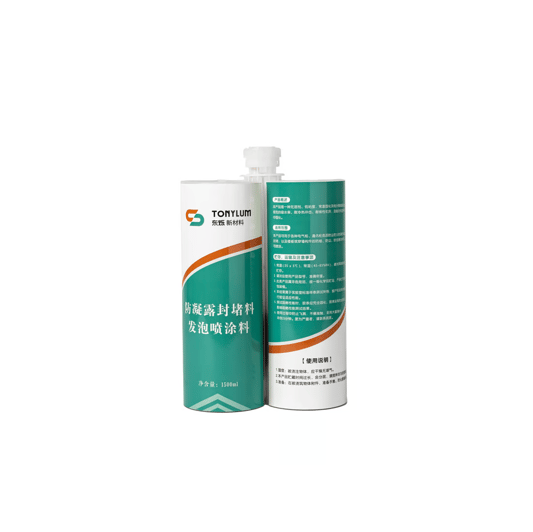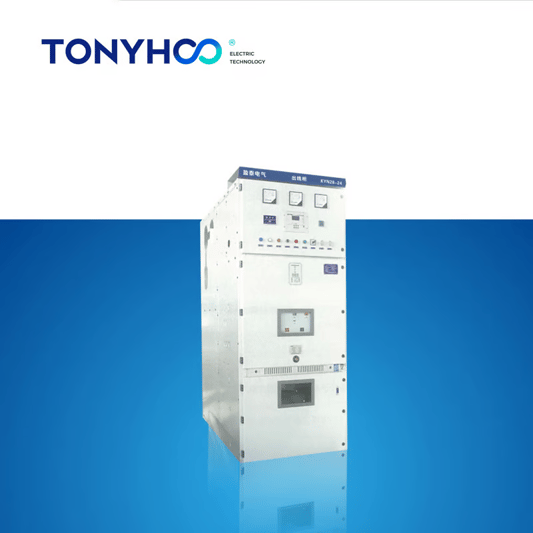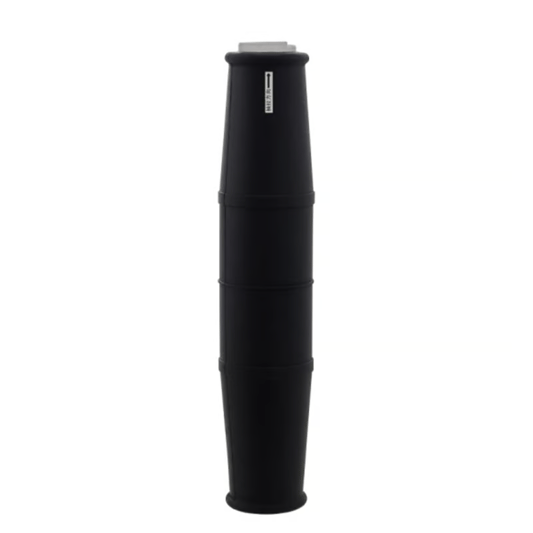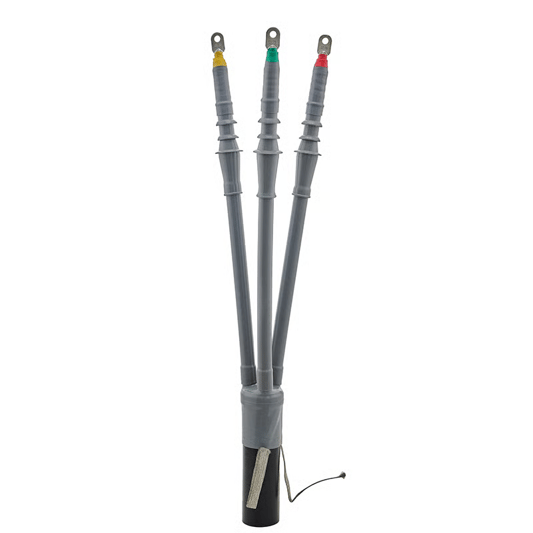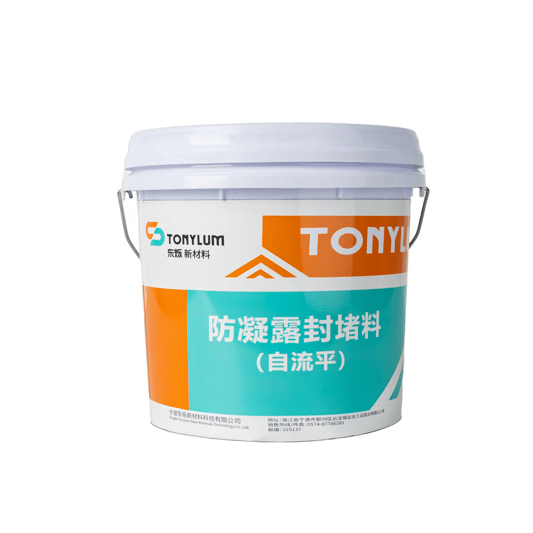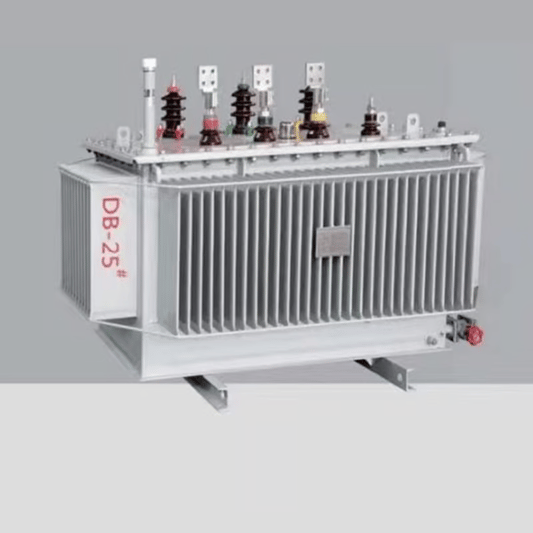Protect Against CorrosionSingle component polyurea anti-corrosion coatings provide excellent protection against rust and corrosion for a wide range of surfaces. These coatings form a durable barrier that prevents moisture and corrosive substances from coming into contact with the substrate.Waterproofing PropertiesOne of the key benefits of single component polyurea coatings is their excellent waterproofing properties. These coatings create a seamless and impermeable barrier that effectively blocks water from seeping through surfaces, making them ideal for applications where waterproofing is essential.Fireproof ProtectionSingle component polyurea coatings are also highly effective at providing fireproof protection. These coatings have a high resistance to fire and can help to prevent the spread of flames in the event of a fire, making them a crucial safety measure for buildings and structures.Insulation CapabilitiesIn addition to their anti-corrosion, waterproof, and fireproof properties, single component polyurea coatings also offer excellent insulation capabilities. These coatings help to regulate temperature, reduce energy costs, and improve overall energy efficiency in a variety of applications.Durable and Long-LastingOne of the main advantages of single component polyurea coatings is their exceptional durability and longevity. These coatings are designed to withstand harsh environmental conditions, heavy foot traffic, and other forms of wear and tear, ensuring long-lasting protection for surfaces.Easy Application ProcessSingle component polyurea coatings are easy to apply, making them a versatile solution for a wide range of projects. Whether you are a professional contractor or a DIY enthusiast, these coatings can be quickly and efficiently applied to various surfaces to provide reliable protection.Cost-Effective SolutionInvesting in single component polyurea coatings can be a cost-effective solution in the long run. These coatings require minimal maintenance and provide lasting protection, helping to reduce the need for frequent repairs and replacements, ultimately saving you time and money.Versatile ApplicationsSingle component polyurea coatings are incredibly versatile and can be used in a variety of applications, including industrial, commercial, and residential settings. From protecting metal structures to waterproofing concrete surfaces, these coatings offer a wide range of benefits.Environmentally FriendlyMany single component polyurea coatings are environmentally friendly and contain low volatile organic compounds (VOCs), making them a sustainable choice for environmentally conscious consumers. These coatings are also safe to use in indoor environments.Enhance AestheticsIn addition to their practical benefits, single component polyurea coatings can also enhance the aesthetics of surfaces. These coatings are available in a range of colors and finishes, allowing you to customize the look of your project while still enjoying the protective benefits.Quote InquiryContact us!


